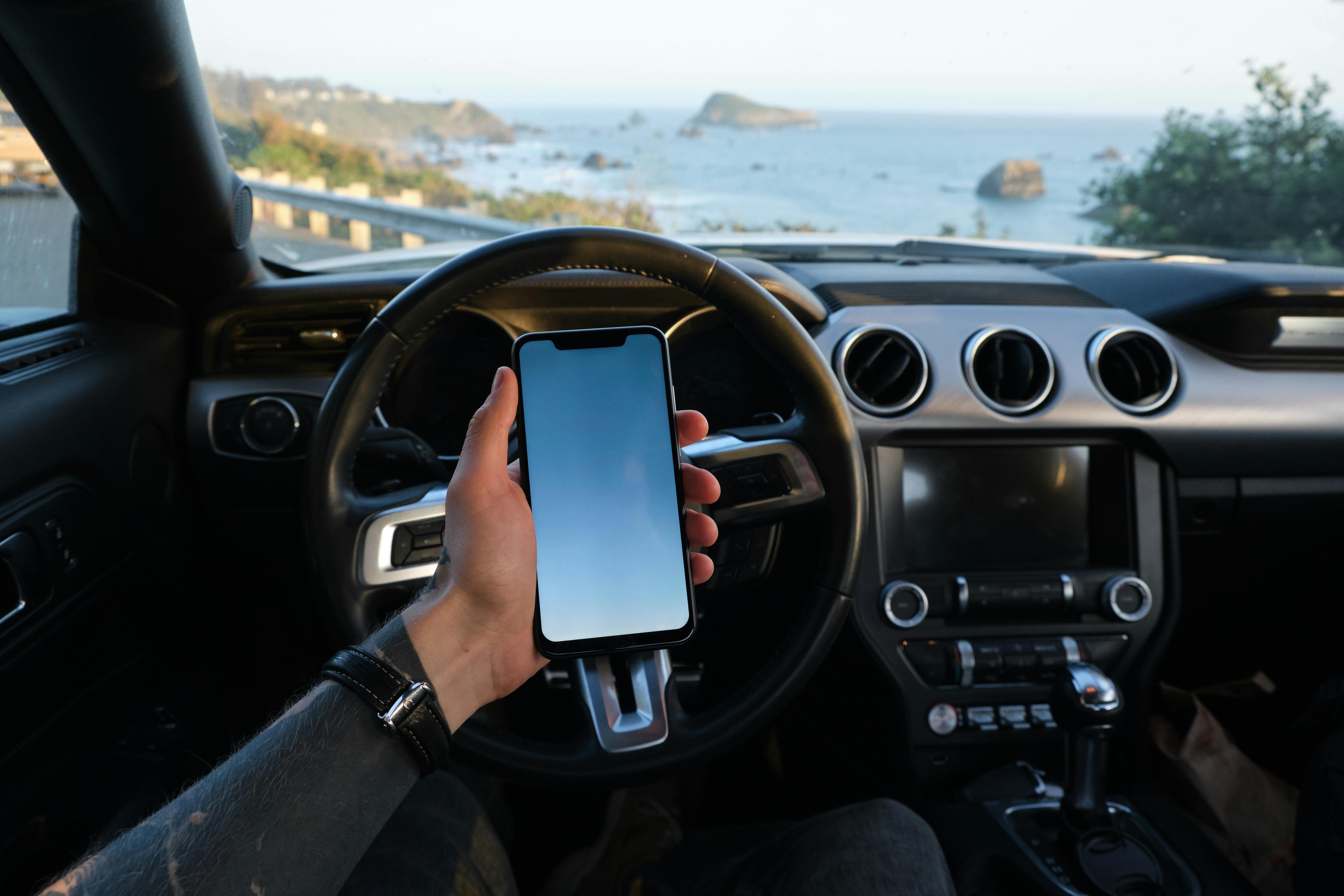In the news: Volkswagen’s US subsidiary is giving vehicles with a lower environmental impact a high profile at the Sustainable Mobility Design Summit held at the Art Center College of Design in Southern California. At the summit, designers and other transport experts from various countries will share their ideas on how to make the mobility of the future more environmentally friendly.
In connection with this goal, Volkswagen has offered Art Center attendees and students the opportunity to experience driving VW models that are equipped with only the best Volkswagen parts, such as the popular Volkswagen ignition coil, and have engines specially designed to run on biodiesel, ultra-low sulfur diesel and hydrogen. These VW models have highly efficient gasoline engines that are perfect for driving on public roads.
By allowing Summit participants to drive some of the same technologies they are looking for, it makes the Summit more meaningful while also raising awareness of the importance of green vehicles.
According to Ron Cogan, editor and editor of the Green Car Journal, which organizes the Summit travel and driving, “It is important to demonstrate that raising the bar in such important areas as fuel efficiency and emissions reductions is not only achieved with exotic or future vehicles oriented technologies Volkswagen’s demonstration of its clean, dual-charger diesel engines provides real-world examples of environmentally positive technologies operating on the roads today.”
For the Summit ride and drive, Europe’s largest automaker is unveiling a Touareg V10 TDI that runs on B5 biodiesel, which is a blend of conventional Ultra-Low Sulfur Diesel (ULSD) fuel and renewable biodiesel. Diesel fuel that includes a biodiesel blend burns cleaner and helps displace the use of fossil fuels, contributing to energy diversity. Volkswagen has also extended its warranty protection to its models that run on B5 biodiesel to encourage more customers to use cleaner fuel.
In addition, there is also a preview of the Jetta twin-charger gasoline engine that is still in development. The Jetta’s TSI engine would provide more power derived from a smaller displacement engine while achieving greater fuel efficiency and lower emissions. The TSI is famous in Europe and is now being considered for distribution in the US. The TSI also makes use of a supercharger to give its engine that extra boost at low revs, while its exhaust-actuated turbocharger provides range rpm. medium or higher.
Also unveiled at the Summit was Volkswagen’s Touran HyMotion hydrogen fuel cell vehicle, which not only embodies the automaker’s interest in zero-emission fuel, but also showcases Volkswagen’s innovative high-temperature fuel cell. company. The zero emission fuel is the result of a decade of hydrogen vehicle development that produces a more compact, lighter and more durable fuel cell system. This technology is expected to make fuel cell propulsion systems more economical, making mass production possible in the future.
The environmentally friendly vehicles and activities that Volkswagen sponsors simply show the company’s commitment to protecting and preserving nature. And because of the company’s dedication to a “greener and safer” world, Volkswagen of America was named “the most environmentally friendly automaker in the industry” by the 2006 Alternative Powertrain Study. from J.D. Power and Associates.
Volkswagen also received the European Business Award for the Environment from the EU Commission for its innovative SiCon recycling process.
